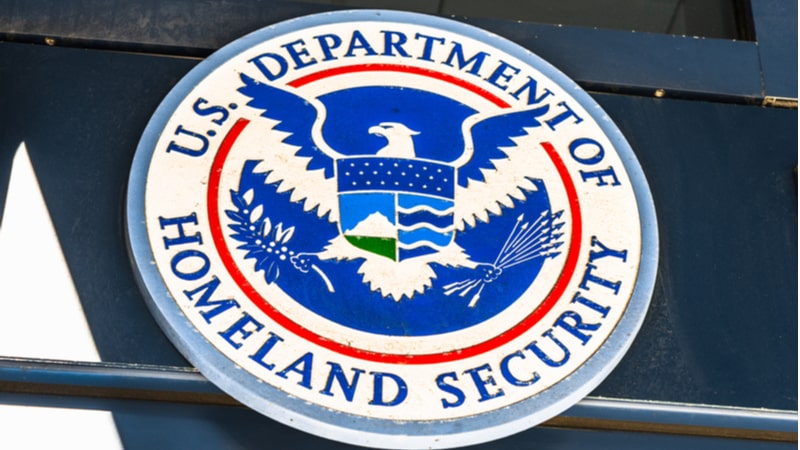
The Department of Homeland Security (DHS) is expanding its use and testing of artificial intelligence (AI) technologies through a new roadmap and trio of pilot projects, the agency said today.
DHS’s first-ever AI Roadmap published today details the agency’s AI plans for 2024 to “maximize the benefits of technology,” and the three pilot projects that will “deploy AI in specific mission areas.”
“The unprecedented speed and potential of AI’s development and adoption presents both enormous opportunities to advance our mission and risks we must mitigate,” said Homeland Security Secretary Alejandro N. Mayorkas in a written statement.
The roadmap lays out the agency’s initiatives in AI, describes the potential of AI technologies across the department, and offers clearer visibility into DHS’ approach to AI, while underscoring the Department’s commitment to responsible utilization.
According to Mayorkas, DHS’s three new pilot programs will allow the department to assess the efficacy of AI in improving its mission capabilities.
In one pilot program, Homeland Security Investigations (HSI) will use open-source large-language models to summarize investigative reports and improve the process of searching through reports more quickly. The roadmap details how this could help investigators better detect fentanyl at U.S. borders, combat child sexual exploitation, and detect key patterns and trends that could further HSI efforts.
In another project, the U.S. Citizenship and Immigration Services (USCIS) plans to use generative AI to improve training of immigration officers through more personalized materials while covering the latest legal issues and policies.
And in the third project, the Federal Emergency Management Agency (FEMA) will use AI to help local communities by easing the time-consuming hazard mitigation planning process — including support in grant submissions and funding — to improve resilience and reduce disaster risks.
“What we learn from the pilot projects will be beneficial in shaping how the Department can effectively and responsibly use AI across the homeland security enterprise moving forward,” Mayorkas said.
Each pilot team is partnering with privacy, cybersecurity, and civil rights and civil liberties experts throughout their development and evaluation process.
DHS offices and agencies submitted dozens of proposals for consideration to the agency’s Chief AI Officer, who selected three pilots that would best support evaluating the effectiveness of large language models and generative AI technology at DHS.
Also included in the roadmap are three lines of effort DHS will use to guide its work in AI.
The roadmap calls on DHS to “reasonably” leverage AI and advance its use while “protecting individual privacy, civil rights, and civil liberties.” It also urges the agency to promote nationwide AI safety and security, including protecting U.S. networks and critical infrastructure.
The roadmap also urges the agency to “lead in AI through strong cohesive partnerships,” including with the private sector, local governments, and research institutions. DHS will continue to share information and engage with communities, advocates, and partners to demonstrate responsible AI use, DHS stated.
According to Mayorkas, the roadmap “will guide our efforts this year to strengthen our national security, improve our operations, and provide more efficient services to the American people, while upholding our commitment to protect civil rights, civil liberties, and privacy.”
